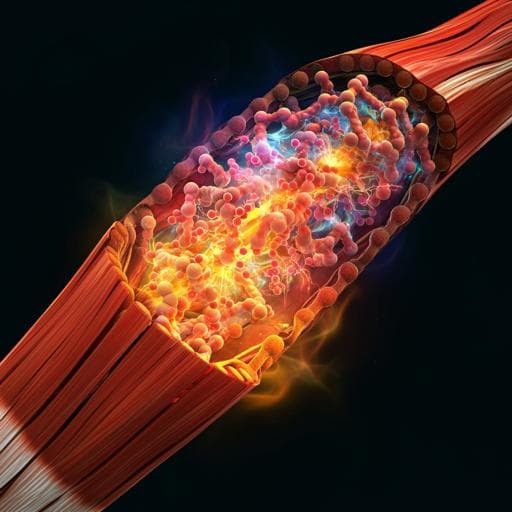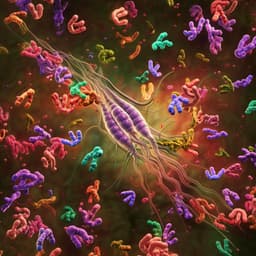
Biology
Disuse-associated loss of the protease LONP1 in muscle impairs mitochondrial function and causes reduced skeletal muscle mass and strength
Z. Xu, T. Fu, et al.
This research reveals the crucial role of LONP1, a key mitochondrial protease, in maintaining mitochondrial function and preserving skeletal muscle mass and strength during muscle disuse. Conducted by Zhisheng Xu and colleagues, the study highlights how reduced levels of LONP1 are linked to muscle atrophy and strength loss, a finding that could pave the way for new therapies in muscle degeneration.
~3 min • Beginner • English
Related Publications
Explore these studies to deepen your understanding of the subject.







